THE HUMANIZATION OF WILD HERBS - UWE MOS
Have a question?
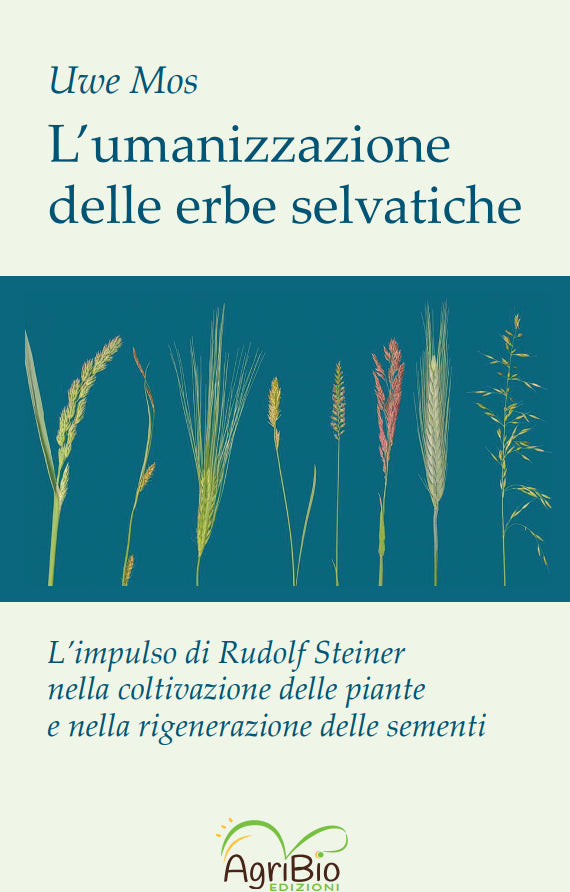
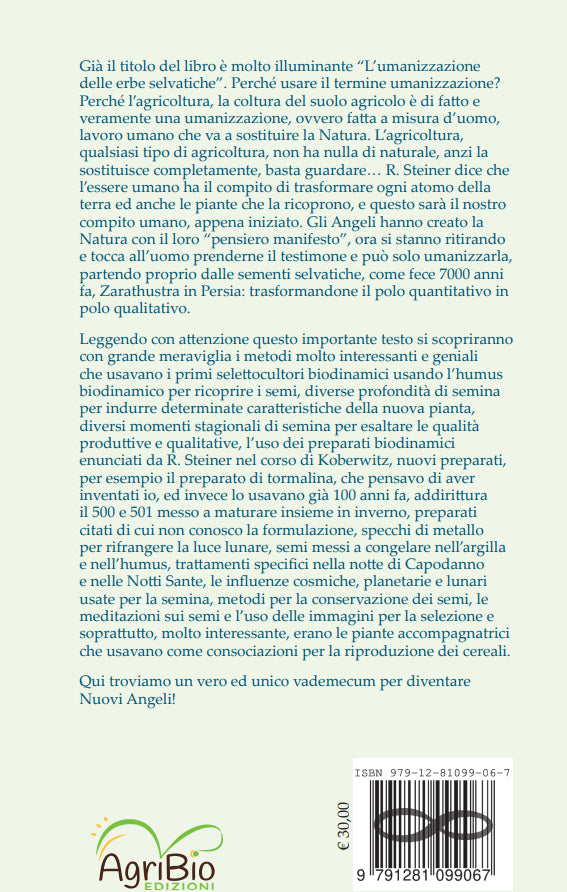
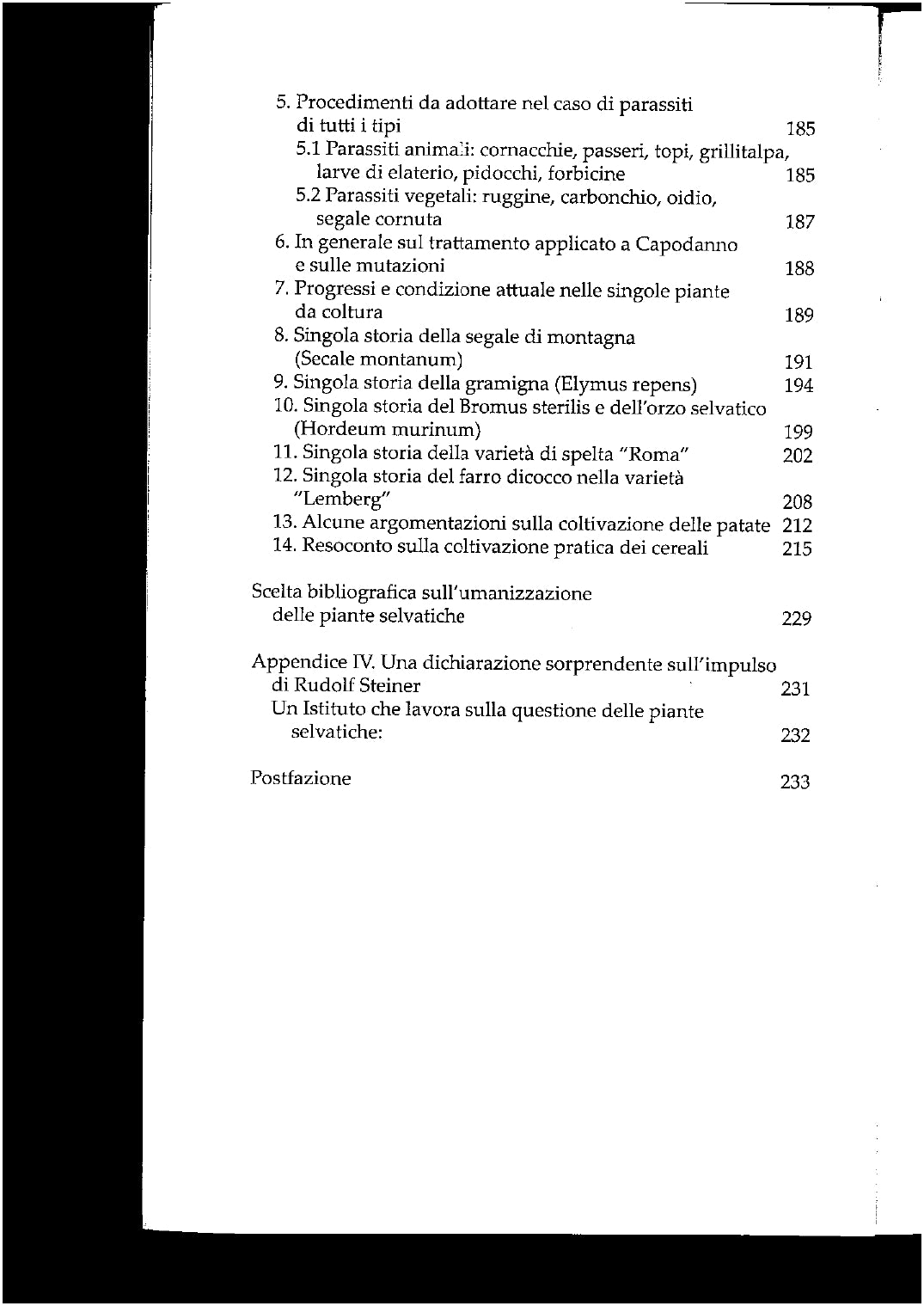
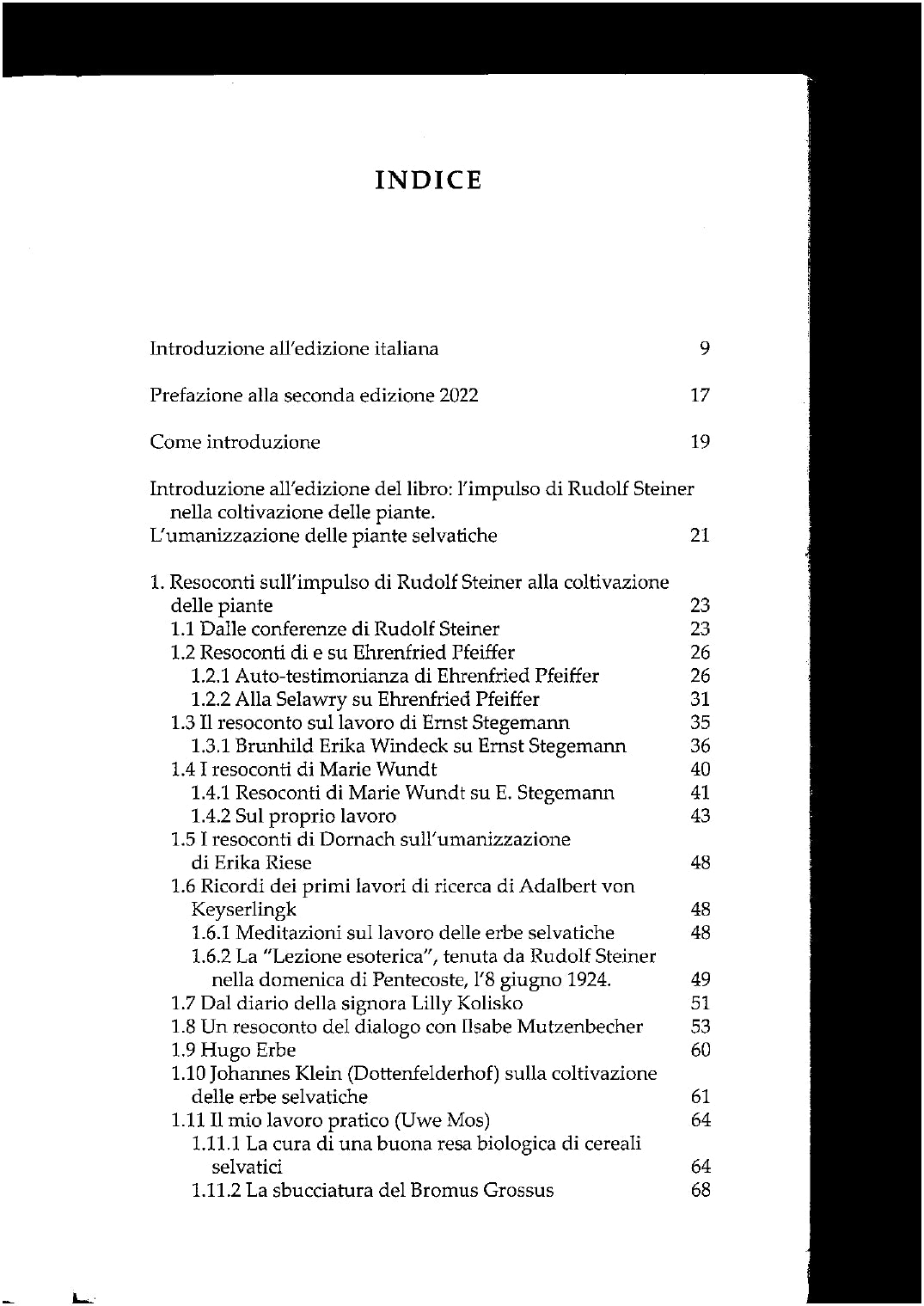
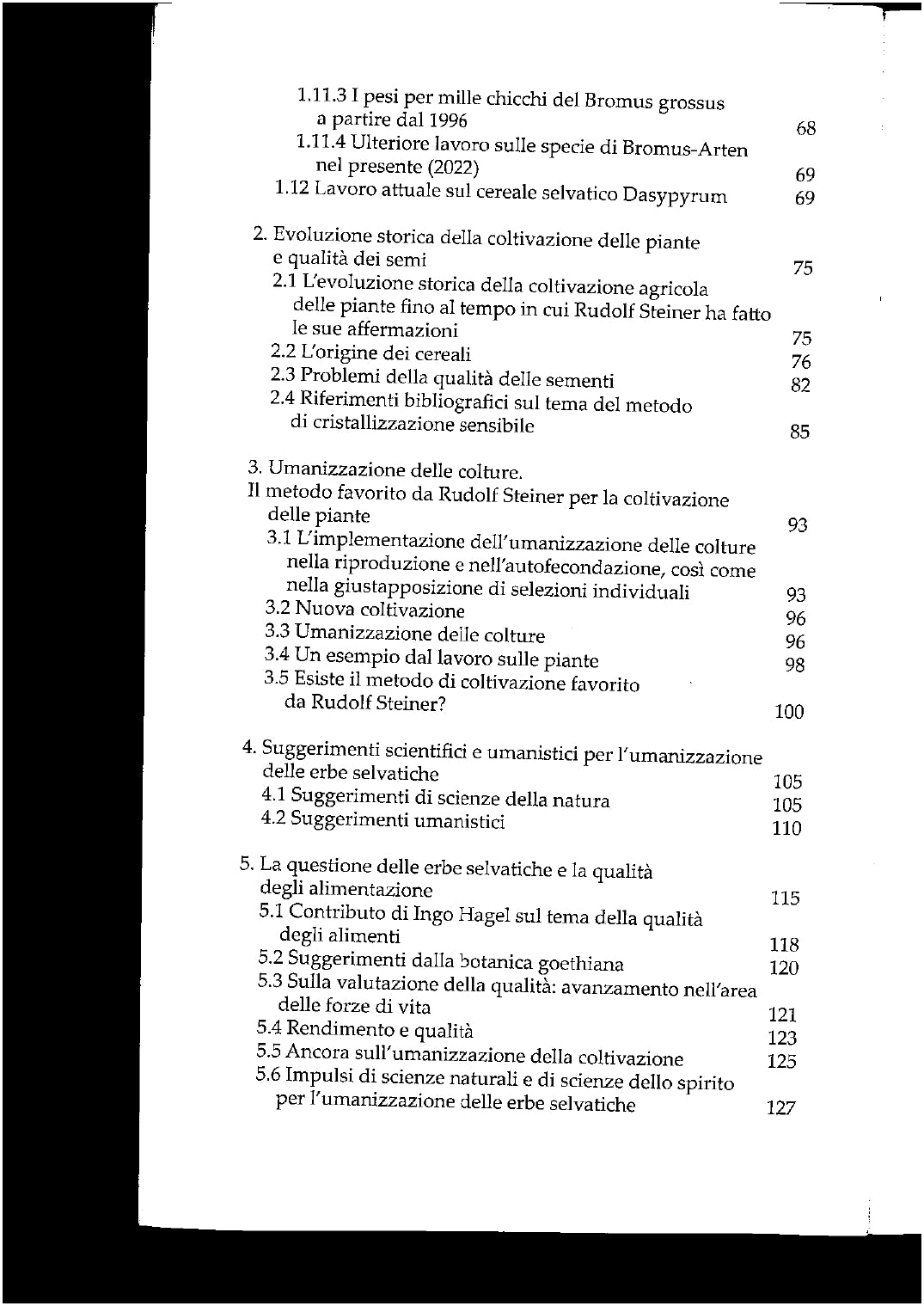
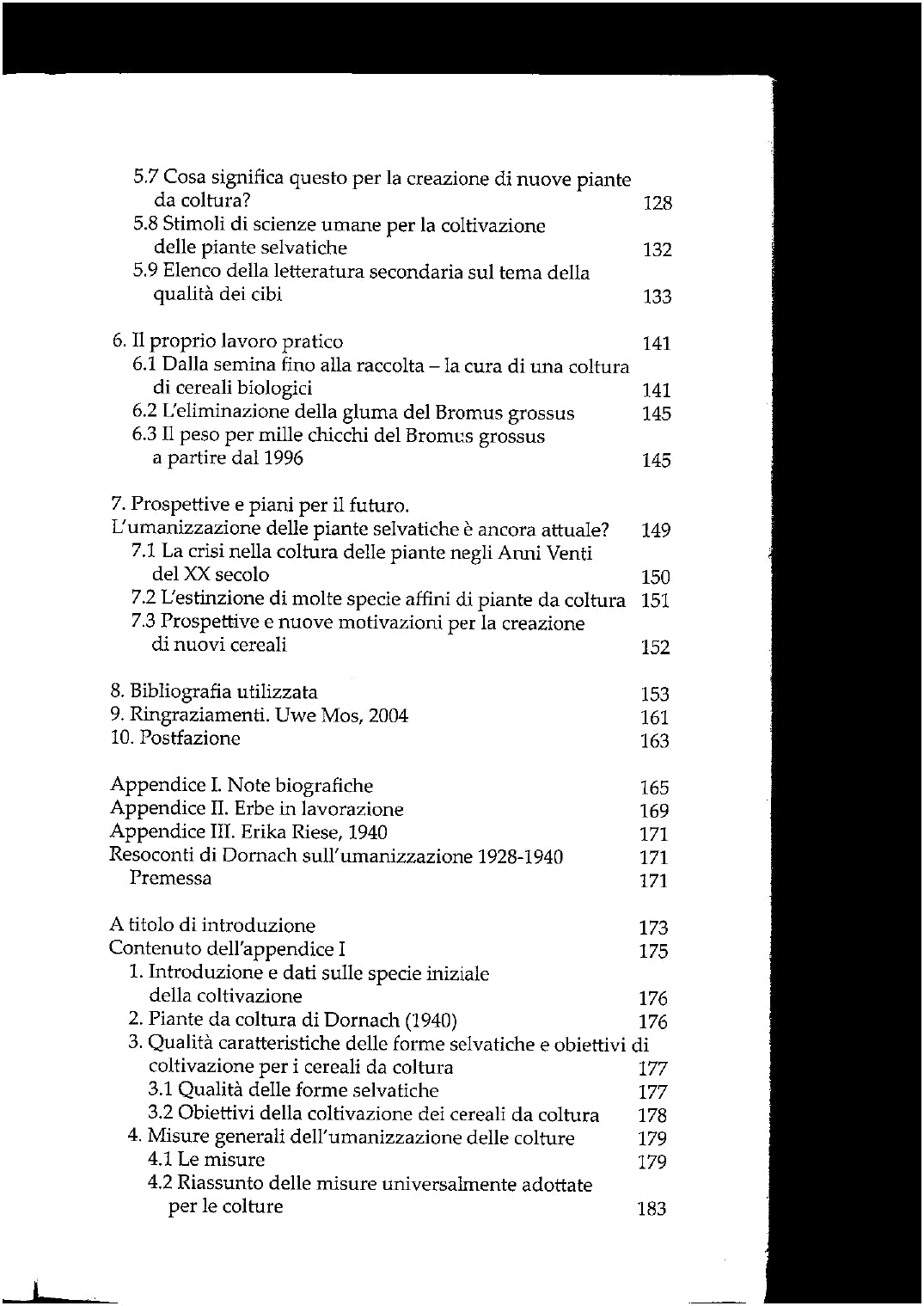
THE HUMANIZATION OF WILD HERBS - UWE MOS
Dettagli
Why use the term humanization? Because agriculture, the cultivation of agricultural soil, is in fact and truly a humanization, that is, made on a human scale, human work that replaces Nature. Agriculture, any type of agriculture, has nothing natural about it, in fact it completely replaces it, just look... Rudolf Steiner says that human beings have the task of transforming every atom of the earth and also the plants that cover it, and this is our human task, just begun. The Angels created Nature with their "manifest thought", now they are retreating and it is up to man to take the baton and can only humanize it, starting from wild seeds, as Zarathustra did 7000 years ago in Persia: transforming its pole quantitative into qualitative pole.
By carefully reading this important text you will discover with great wonder the very interesting and ingenious methods that the first biodynamic breeders used using biodynamic humus to cover the seeds, different sowing depths to induce certain characteristics of the new plant, different seasonal sowing times to enhance the productive and qualitative qualities, the use of the biodynamic preparations enunciated by R. Steiner during Koberwitz, new preparations, even 500 and 501 left to mature together in winter, preparations mentioned of which I do not know the formulation, mirrors of metal to refract the moonlight, seeds left to freeze in clay and humus, specific treatments on New Year's Eve and Holy Nights, cosmic, planetary and lunar influences used for sowing, methods for preserving seeds, meditations on seeds and the use of images for selection and, very interestingly, were the accompanying plants that they used as intercrops for the reproduction of cereals.
INDEX
Introduction to the Italian edition
Preface to the second edition
As an introduction
Introduction to the book edition: R. Steiner's impulse in plant cultivation. The humanization of wild plants
Purpose of this work
Content
- Accounts of Rudolf Steiner's impulse to plant cultivation
1.1 From the lectures of Rudolf Steiner
1.2 Accounts by and about Ehrenfried Pfeiffer
1.2.1 Self-testimony of Ehrenfried Pfeiffer
1.2.2 At Selawry on Ehrenfried Pfeiffer
1.3 Report on Ernst Stegemann's work
1.3.1 Brunhild Erika Windeck on Ernst Stegemann
1.4 Report on Marie Wundt's work
1.4.1 Maria Wundt's report on E. Stegemann
1.4.2 About your work
1.5 Dornach's accounts of the humanization of Erika Riese
1.6 Memories of Adalbert von Keyserlingk's early research work
1.6.1 Meditations on the work of wild herbs
1.6.2 The “esoteric lesson” held by R. Steiner on Pentecost Sunday 8 June 1924
1.7 From Mrs. Kolisko's diary: the ideas and principles from which the works of humanization of wild herbs can derive
1.8 An account of the dialogue with Isabel Mutzenbecher
1.9 Hugo Erbe
1.10 Johannes Klein (Dottenfelderhof) on the cultivation of wild herbs
1.11 My practical work (Uwe Mos)
1.11.1 Maintaining a good yield of wild cereals
1.11.2 Peeling the Bromus Grossus
1.11.3 Weights per thousand grains of Bromus Grossus
1.11.4 Further work on Bromus–Arten species in the present (2022)
1.12 Current work on the wild cereal Dasypyrum
- Historical evolution of plant cultivation and seed quality
2.1 The historical evolution of plant cultivation up to the time Rudolf Steiner made his claims
2.2 The origin of cereals
2.3 Seed quality problems
2.4 Bibliographical references on the subject of the sensitive crystallization method
- Humanization of crops – Rudolf Steiner's favorite method for growing plants
3.1 The implementation of crop humanization in reproduction and self-fertilization, as well as in the juxtaposition of individual selections
3.2 New Cultivation
3.3 Humanization of crops
3.4 An example of working on plants
3.5 Is there a cultivation method favored by R. Steiner?
4. Scientific and humanistic suggestions for the humanization of wild herbs
4.1 Humanistic suggestions
- The issue of wild herbs and food quality
5.1 Ingo Hagel's contribution on the topic of food quality
5.2 Suggestions from Goethe's botany
5.3 Performance and quality
5.3 On quality assessment: advancement in the area of life forces
5.4 More on the humanization of cultivation
5.5 Impulses from natural sciences and spiritual sciences for the humanization of wild herbs
5.6 What does this mean for the creation of new crop plants?
5.7 Human science stimuli for the cultivation of wild plants
5.8 List of secondary literature on the topic of food quality.
- Your own practical work
6.1 From sowing to harvest – caring for an organic cereal crop
6.2 The elimination of the whiskered brome chaff (Bromus grossus)
6.3 The thousand grain weight of the whiskered brome (Bromus grossus)
- Perspectives and plans for the future – is the humanization of wild plants still relevant?
7.1 The plant cultivation crisis of the 1920s
7.2 The extinction of many related species of crop plants
7.3 Prospects and new motivations for the creation of new cereals
- Bibliography used
- Thanks
10 Afterword
Appendix I – Biographical notes
Appendix II- Erika Riese, 1940. Dornach's accounts of humanization 1928-1940
A representation of plant cultivation
Premise
By way of introduction
Contents of Appendix I
- Introduction and data on the initial species of crop plant cultivation
- Dornach Cultivation Plants (1940)
- Characteristic qualities of wild forms and cultivation objectives for cultivated cereals
- Quality of wild forms
- Cultivation objectives for crop cereals
- General measures adopted for the humanization of crops
- Measurements: soil care, constellations, transplanting, previous crop, application of preparations, marginal plants, summary of general crop measures
- General summary
- Treatment of sown beds
- Procedures to be adopted against parasites of any kind
- Animal parasites
- Plant parasites
- In general on year-end treatment and mutations
- Progress or Present Situation in Individual Crop Plants (1940)
- Single history of mountain rye (Secale montanum)
- Single history of Bermuda grass (Elymus repens)
- Single history of Bromus sterilis and wild barley (Hordeum murinum)
- Single history of spelled in the “Roma” species
- Single history of spelled in the “Lemberg” species
- Some arguments on potato cultivation
- Report on the practical cultivation of cereals







